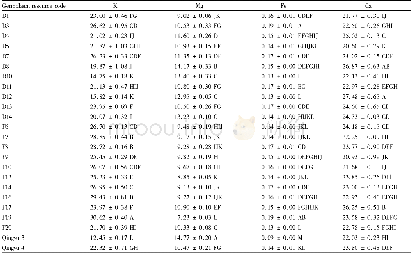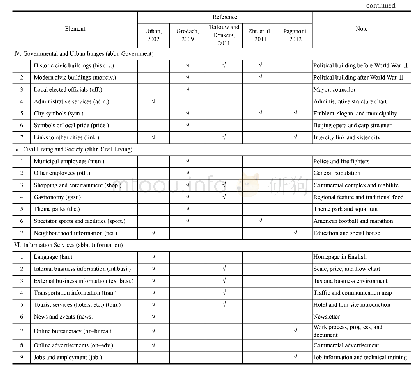《Table 2.Diffusion coefficients at 1300°C of elements in the present alloy and those reported for ot
 提示:宽带有限、当前游客访问压缩模式
提示:宽带有限、当前游客访问压缩模式
本系列图表出处文件名:随高清版一同展现
《Investigation on the homogenization treatment and element segregation on the microstructure of a γ/γ′-cobalt-based superalloy》
10-14 m2s-1
Raw materials for casting of a Co-based alloy were charged into an alumina crucible,which was subsequently placed in a vacuum induction melting furnace.The furnace was switched on,and a vacuum of 1 Pa was reached;the furnace was then purged with pure argon gas to cast the alloy under a positive pressure.Notably,the choice of elements was based on the following rationale:Al and W elements are required to formγ′precipitates,whereas the addition of Ti and Ni can enhance the volume fraction of theγ′phase and improve the mechanical properties of the alloy;carbon(C)and born(B)were added to improve the grain-boundary strength.Investment casting was performed in an alumina mold.The chemical composition of the cast alloy was analyzed by the inductively coupled plasma atomic emission spectroscopy(ICP-OES)method.The carbon content of the cast alloy was measured with a LECO carbon analyzer.The chemical composition of the cast alloy is presented in Table 1.Several samples with dimensions of1 cm×1 cm×1 cm were cut from the cast bar and encapsulated in a quartz tube for the homogenizing treatment.The encapsulated samples were homogenized at 1300°C for 2,4,8,16,or 24 h and then cooled inside the electrical furnace.The aforementioned temperature was selected on the basis of the thermal analysis results of the alloy.The homogenization temperature in this investigation was equal to 0.9 of the alloy’s homologous temperature.
| 图表编号 | XD0050012600 严禁用于非法目的 |
|---|---|
| 绘制时间 | 2019.02.01 |
| 作者 | Saeed Aliakbari Sani、Hossein Arabi、Shahram Kheirandish、Golamreza Ebrahimi |
| 绘制单位 | School of Materials and Metallurgical Engineering, Iran University of Science and Technology ((IUST))、School of Materials and Metallurgical Engineering, Iran University of Science and Technology (IUST)、School of Materials and Metallurgical Engineering, Ir |
| 更多格式 | 高清、无水印(增值服务) |





